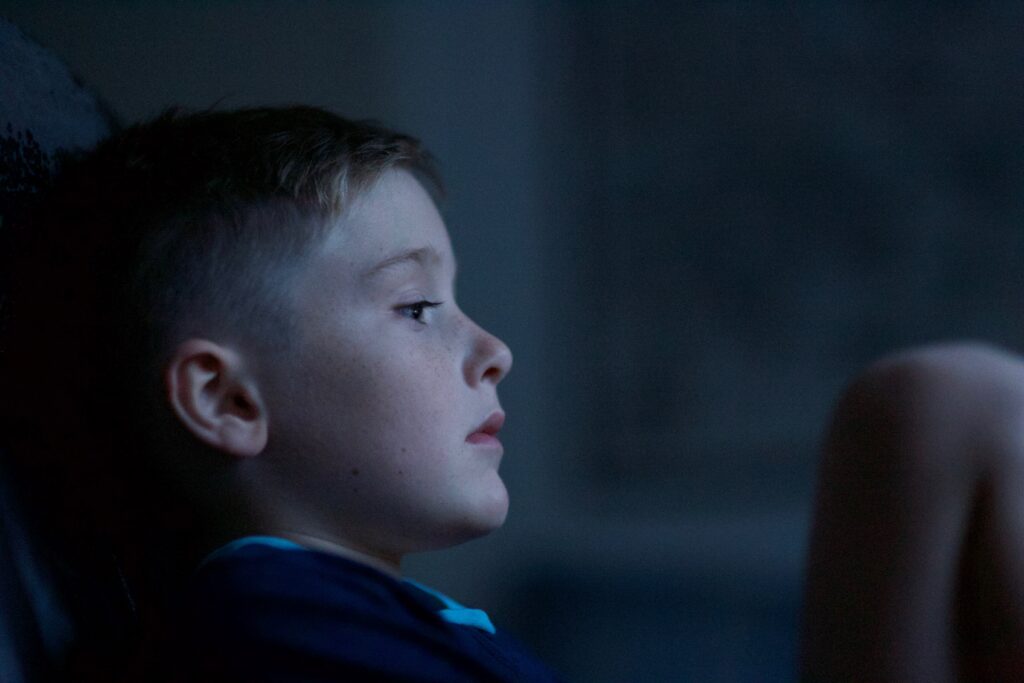ALMOST £6bn has been invested into supporting low-income households across Scotland over the last three years.
More than a third of that total, about £2.18bn, has directly benefitted children as the Scottish Government prepares to publish its Tackling Child Poverty Delivery Plan for 2022-2026.
On Thursday, social justice secretary Shona Robison will update Parliament on the national mission to break the cycle of poverty for thousands of families.

The Delivery Plan for 2022-26 builds on the work of ‘Every Child, Every Chance’ published in 2018.
It introduced a range of new supports through Social Security Scotland including the Scottish Child Payment and best start grants, and employability services such as fair start Scotland.
Ms Robison said: “In the face of UK government austerity, combined with the deeply damaging £20 cut to Universal Credit, our investment over the last four years to support low-income families has had a significant impact.
“But there is still more we must do to deliver the transformational changes we all want to see.
“Our second Tackling Child Poverty Delivery Plan will be a plan for all of Scotland. All parts of society have a role to play in our national mission to end child poverty.
“This is a collective effort across society to deliver for our future generations and break the cycle of poverty once and for all.
“Our ambitious measures are already delivering considerable support to children and families compared with other parts of the UK – for example, through free childcare and employment support, maximising incomes and affordable housing and, of course, social security.
“We remain the only part of the UK to have five family benefits, including the Scottish Child Payment, which was designed to tackle child poverty head on.
“Combined with our three Best Start Grants and Best Start Foods, low-income families receive up to £8,400 of financial support by the time their first child turns six.
“Our budgets may be fixed, powers limited, and the scale of the challenge as we emerge from the pandemic has increased.
“However, we are determined to do everything within our powers to give the children of Scotland the opportunities they deserve to succeed.”
The Child Poverty Act (Scotland) 2017 set four income-based child poverty targets to be met by 2030/31 with interim targets set for 2023/24.
A breakdown of investment across the first three years (2018-21) of Every Child, Every Chance shows:
In 2018-19 £1.412bn was invested to support low-income households, of which over £527m directly benefitted low-income families with children.
In 2019-20 £1.966bn was invested to support low-income households, of which £672m directly benefitted low-income families with children.
In 2020-21 £2.499bn was invested to support low-income households of which £978m directly benefitted low-income families with children.
Estimates of spending in relation to 2021-22 will be published as part of the fourth year progress report by the end of June 2022.
The recent ‘Cost of a Child in Scotland’ report from the Child Poverty Action Group also highlighted the impact of Scottish Government support for families compared to the rest of the UK.
It’s estimated Scottish Government policies will reduce the net cost of bringing up a child by 31 per cent, almost £24,000, once Scottish Child Payment is doubled and the expansion of free school meals is delivered.
The Scottish Child Payment will double to £20 per week from April, four times more than campaigners originally asked for.
Scotland has led the way with affordable housing across the UK, delivering 105,755 affordable homes since 2007, over 73,000 of which were for social rent.
The Scottish Government has committed to delivering 110,000 affordable homes by 2032 of which at least 70% will be available for social rent.

